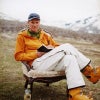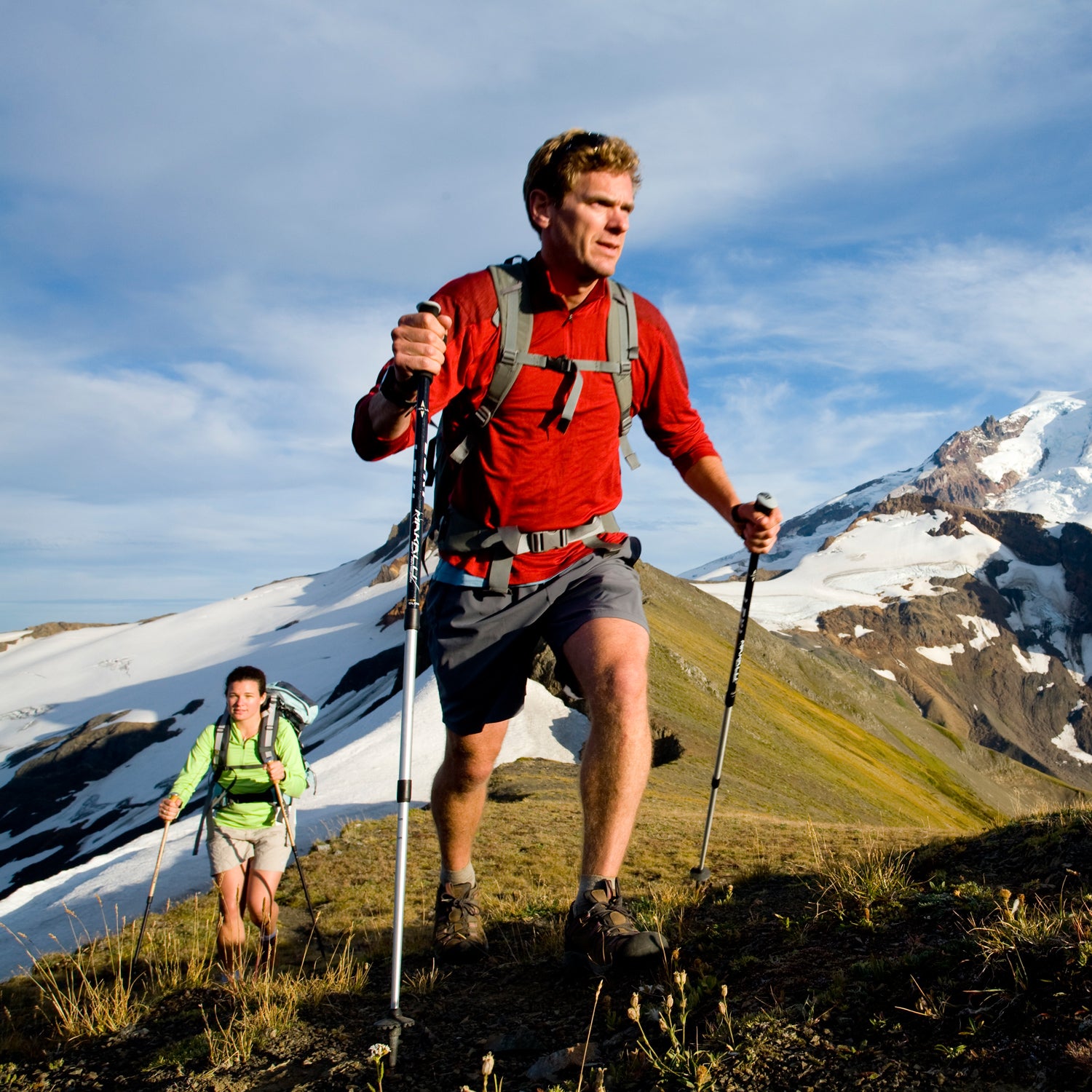I’m lucky. I get paid to go outside for a living, often while writing about outdoor adventures for ���ϳԹ���. As a result, I’m always on the lookout for the best—and lightest—equipment to use on my next trip.
I wanted to share some of my go-to gear—the stuff that keeps finding its way onto the living room floor when Friday rolls around and I start packing. It’s all been field-tested across the West and western Canada, from packrafting trips in Montana’s Bob Marshall Wilderness to ski-touring in Washington’s North Cascades National Park.
Stove: MSR Reactor System
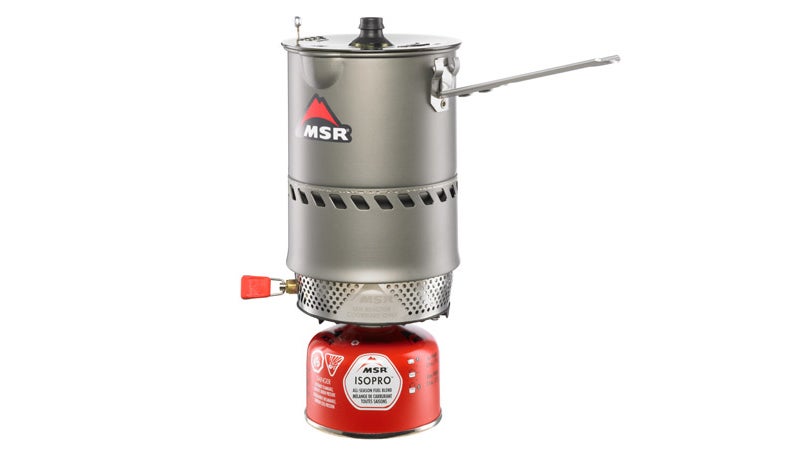
Though the JetBoil stoves have served me well, I’m currently excited about MSR’s compact ($190). I’ve found that nothing boils up a hot drink faster (half a liter of water in 90 seconds) than the Reactor—this is especially nice at day’s end on a multi-day ski tour. The Reactor comes in three sizes, starting at 14.7 ounces.
Winter Sleeping Pad: Therm-a-Rest NeoAir XTherm
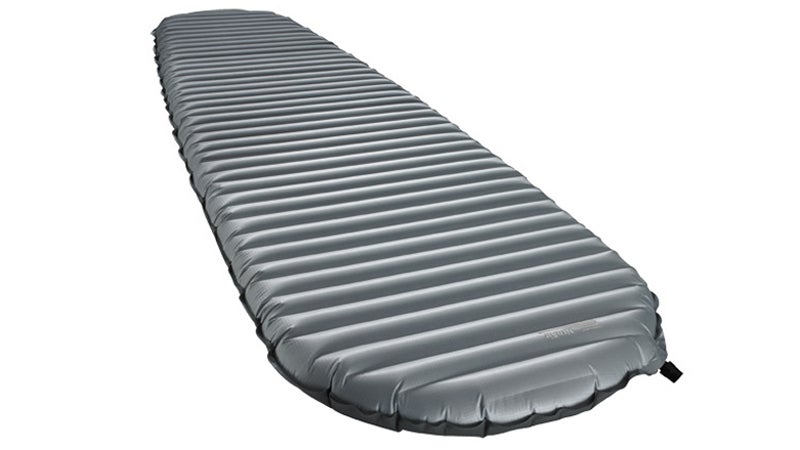
In the summer, an uncomfortable sleeping pad can ruin your night. In the winter, an ineffective pad can kill you. My go-to pad when snow-camping is Therm-a-Rest’s�� ($150; 15oz.), which has never failed to keep me warm while resting on glaciers. In the summer, I like Klymit’s ($100; 12.2 oz.). While there are lighter warm-weather pads out there, I like O-Zone because it has an integrated pillow with a separate valve to adjust firmness. The whole package rolls down to the size of a Coke can.
Trekking Poles: Black Diamond’s Ultra Mountain
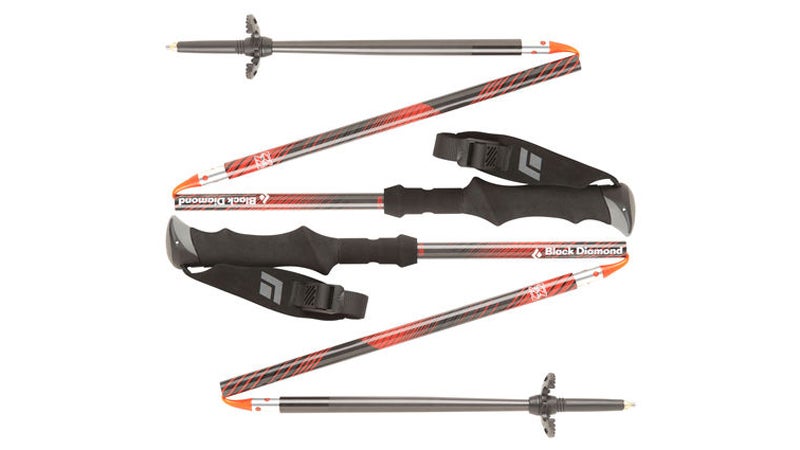
I wasn’t a fan of trekking poles until after I did a few weeklong traverses with a big pack over rough country and felt the improved stability. A pole like Black Diamond’s carbon-fiber ($170) is so light (1 lb., 2 oz. per pair), and breaks down so small, I barely notice that I’m carrying it in my hands or on my pack. My knees do, though, and they’re grateful.
Water Purifier: CamelBak All Clear
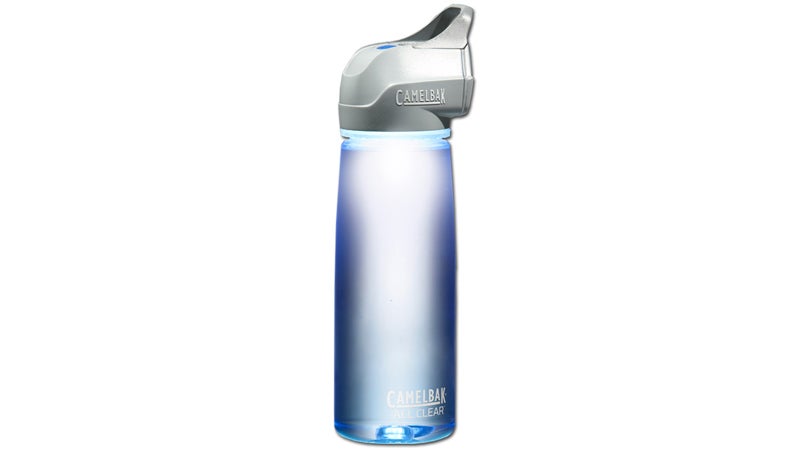
There are shelves of water purifiers on the market, and I’ve tried most of them—from pumps to drops and pills. My current favorite: the CamelBak ($99). The cap, which screws onto any standard-size water bottle, has a built-in UV light. Screw it on, press a button, gently shake for 60 seconds, and presto—you get a quart of purified water. Though chunky at 17 ounces, it’s worth the extra weight: the device is rechargeable via USB and able to purify up to 16 gallons per charge. No more batteries to toss or purifiers to pump.��
Jacket: Mountain Hardwear Ghost Whisperer
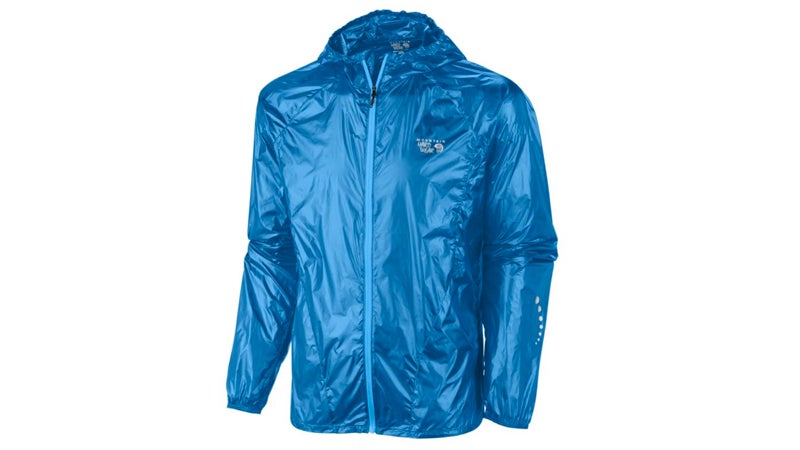
Often when moving in the mountains, I don’t need a Gore-Tex jacket or even a soft-shell. All I need is something to knock down the brisk wind. That’s why I like my Mountain Hardwear�� ($165). Weighing an absurd two ounces with hood, I can’t afford not to shove it in my pocket.
Shoes: Salomon Gecko
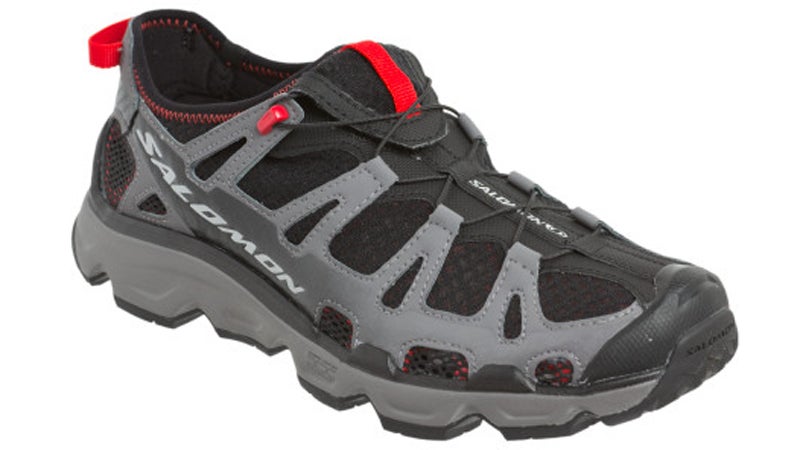
I’ve done several ‘multi-sport’ adventures that combine fun on both water and land. I’ve needed an amphibious shoe that moves easily between worlds, from rafting to hiking. My favorite to date: the Salomon Gecko, (about 1 lb., 8 oz. per pair), whose tight mesh and neoprene ankle gusset keep out grit and dry quickly. Salomon stopped making them recently, but if you hurry, .
Crampons: Camp USA Race 290 Crampons
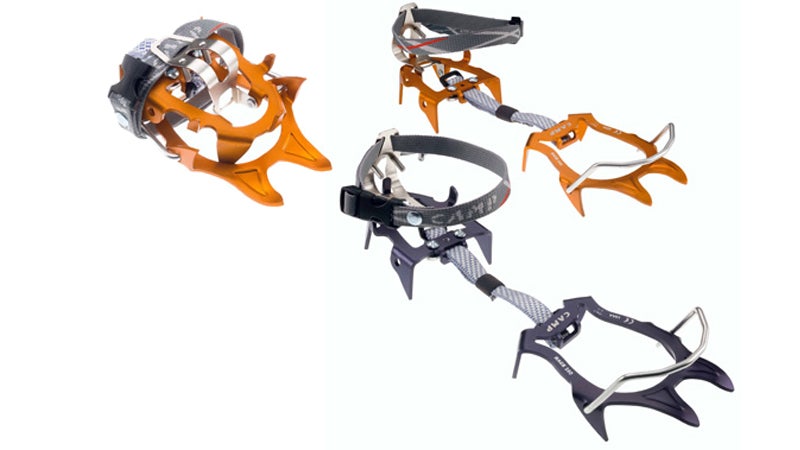
On a spring ski tour I might carry boot crampons for days and never need them. That’s why I’m a fan of Camp USA’s , ($180; 10.2 oz.). The company bills them as the world’s lightest. They take some adjustment to dial in the fit (don’t do it for the first time on the mountain), and I wouldn’t want to attack Rainier in these 10-point aluminum ’poons, which affix to the heels with a special Dynafit-only attachment. But they’re just the trick if you need some teeth to take a few quick bites of the mountain on a cold morning.
Backpack: Hyperlite Packs
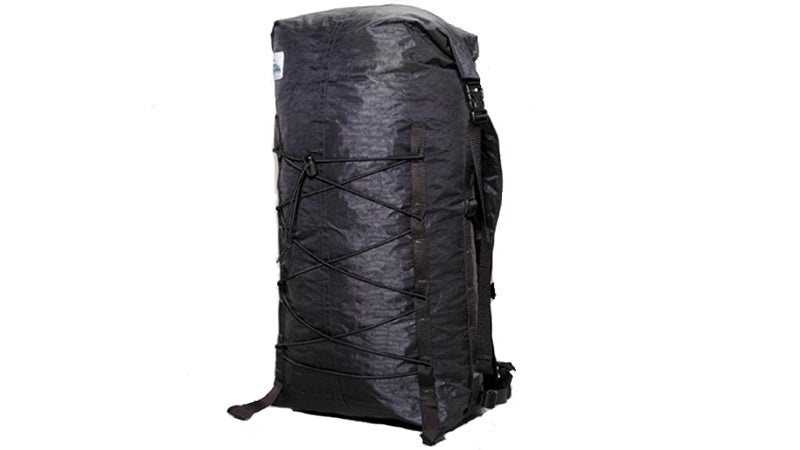
Most packs weigh too much. Too many pockets, too much padding. That’s why I like the (larger packs range from $275 to $345) that are made of waterproof cuben fiber and are often at least a pound lighter than their competitors. Take the 3,400-cubic-inch , which weighs just 2.2 pounds. They can be customized at the factory, too. Even without much hip padding, my custom ski-mountaineering pack is surprisingly comfy—as long as I don’t overburden it.
Tent: MSR Carbon Reflex 2 Ultralight
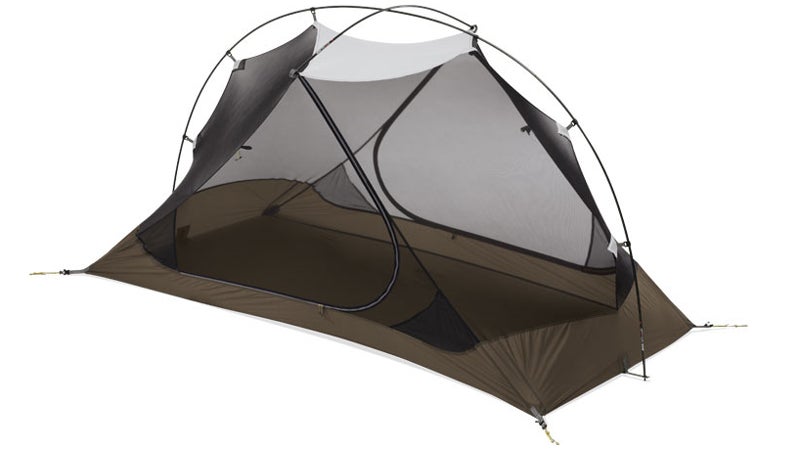
I want two things from a tent—lightness and simplicity. MSR’s ($500) delivers on both counts. The two-person tent (2 lb., 3 oz. to 3 lbs., 6 oz., depending on configuration) has carbon-fiber poles that reduce the frame’s weight by nearly one-third and make set-up a snap. Yet the shelter still has some creature comforts—twin doors and vestibules so you’re not crawling over your buddy to pee.
��
So what’s on your list?

